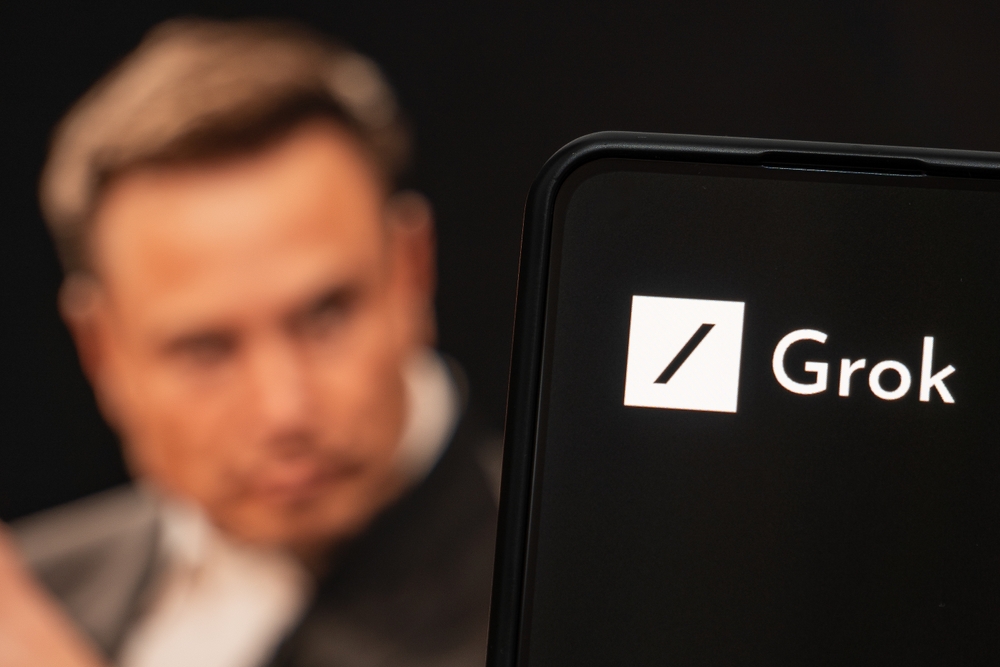Elon Musk’s xAI on Tuesday introduced its latest artificial intelligence model, Grok 3, claiming it surpasses offerings from OpenAI and China’s DeepSeek based on early standardized tests in math, science, and coding.
Grok 3 and Deep Search Launch
“We’re very excited to present Grok 3, which is, we think, an order of magnitude more capable than Grok 2 in a very short period of time,” Musk said during a live demonstration streamed on his social media platform, X.
The team also introduced a new product called “Deep Search,” which they described as a next-generation search engine.
Grok 3 will be available for premium X subscribers starting Tuesday in the U.S., with a separate subscription for web and app access.
Competitive Edge and Development
Speaking at The World Governments Summit in Dubai last week, Musk dubbed Grok 3 “scary smart” with powerful reasoning capabilities, claiming it outperformed all existing models in xAI’s internal tests.
“This might be the last time that an AI is better than Grok,” Musk said, emphasizing that it was trained on extensive synthetic data and can reflect on its mistakes to improve logical consistency.
An early iteration of Grok 3 received higher ratings than competitors on Chatbot Arena, a crowdsourced platform for blind AI model comparisons.
Continuous Improvement
Toward the end of the product demo, Musk assured continued enhancement of Grok 3.
“We should emphasize that this is kind of a beta, meaning that you should expect some imperfections at first, but we will improve it rapidly, almost every day,” he said. A voice assistance feature is planned for a later release.
Intense AI Competition
Musk, an outspoken critic of AI’s potential dangers, launched xAI in 2023, entering the generative AI market alongside OpenAI’s ChatGPT.
Last September, OpenAI introduced its most advanced model, the o1, with improved reasoning abilities in complex scientific and mathematical tasks. Musk, a co-founder of OpenAI in 2015, has since had conflicts with the company’s leadership. Recently, he led an investor group in a failed $97.4 billion bid to acquire OpenAI’s nonprofit parent.
Last month, Chinese startup DeepSeek made headlines by claiming one of its open-source models rivaled OpenAI’s o1 performance despite using a more cost-effective and energy-efficient process. This achievement came despite U.S. restrictions on Nvidia’s advanced GPUs for AI training in China.
Supercomputer Power
xAI has a “Colossus supercomputer” used for AI training, initially powered by 100,000 advanced Nvidia GPUs. On Tuesday, the company revealed it had doubled its GPU cluster for Grok 3 training.
While DeepSeek’s advancements have intensified AI competition, showing what can be done with less advanced technology, experts remain divided on its long-term impact.


